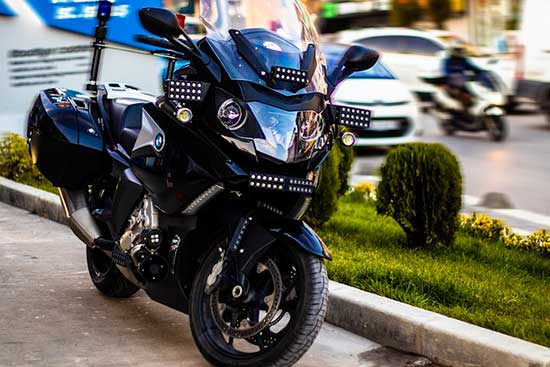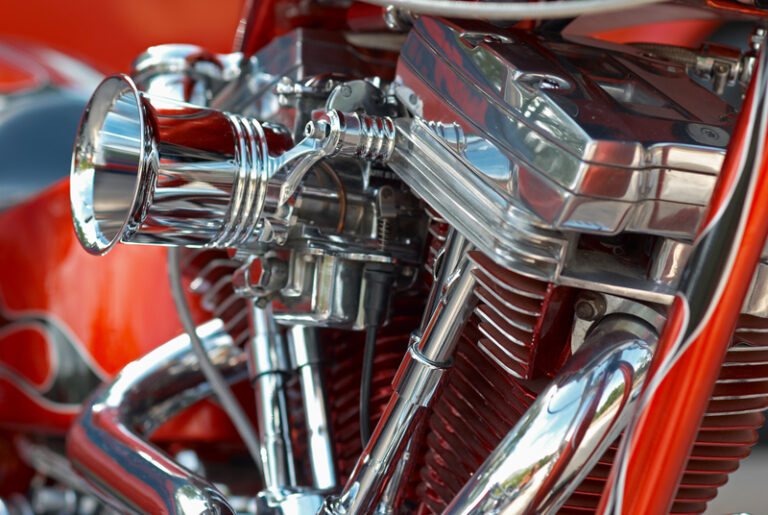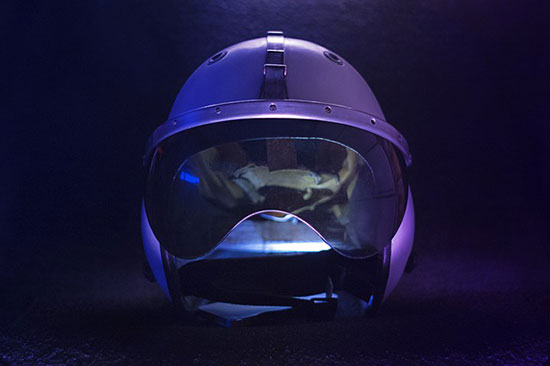When it comes to motorcycle safety, one of the most crucial pieces of equipment is the helmet. Wearing a helmet while riding can significantly reduce the risk of head injuries and save lives.
However, many riders are unsure about the proper fit of a motorcycle helmet. Should it fit tight or loose? That’s what we will cover today in depth.
Contents
The Importance of a Properly Fitted Helmet
A properly fitted helmet is vital for rider safety for several reasons:
- Protection: A tight-fitting helmet ensures that it stays in place during a crash or impact, providing maximum protection to the rider’s head and brain.
- Stability: A snug helmet reduces the risk of the helmet shifting or rotating during a collision, preventing potential injuries caused by the helmet moving out of position.
- Visibility: A well-fitted helmet allows for better peripheral vision and minimizes blind spots, enabling the rider to see potential hazards on the road.
- Comfort: Contrary to popular belief, a properly fitted helmet can be comfortable. It should not be so tight as to cause discomfort or pain but snug enough to provide a secure fit.
Factors to Consider for a Proper Fit
When determining whether a motorcycle helmet fits properly, several factors should be taken into account:
- Head Shape: Different individuals have different head shapes, such as round, oval, or intermediate. It is essential to choose a helmet that matches your head shape to ensure a proper fit.
- Size: Helmets come in various sizes, typically ranging from small to extra-large. It is crucial to measure your head circumference accurately and choose the appropriate size helmet.
- Retention System: The retention system, typically a chin strap, plays a vital role in securing the helmet to the rider’s head. It should be adjustable and fastened securely to ensure a tight fit.
How to Determine if a Helmet Fits Tight
So, how can you determine if a motorcycle helmet fits tight? Here are some guidelines to follow:
- Snug Fit: The helmet should fit snugly all around your head, with no pressure points or gaps. It should not move or shift when you shake your head or during normal riding conditions.
- Cheek Pads: The cheek pads should provide a firm but comfortable fit against your cheeks. They should not press too tightly, causing discomfort or pain.
- Forehead: The helmet should sit level on your forehead, just above your eyebrows. It should not obstruct your vision or press down on your forehead.
- Retention System: The chin strap should be securely fastened, allowing you to open your mouth comfortably. It should not be too loose or too tight.
Common Misconceptions About Helmet Fit
There are several misconceptions about helmet fit that need to be addressed:
- Loose is Better: Some riders believe that a loose-fitting helmet is more comfortable or allows for better ventilation. However, a loose helmet compromises safety and may not provide adequate protection in the event of an accident.
- Breaking In a Helmet: Helmets do not break in like a pair of shoes. While the padding may compress slightly over time, a helmet should fit properly from the start.
- One Size Fits All: Helmets are not one-size-fits-all. Each individual has a unique head shape and size, and it is crucial to find a helmet that fits your specific measurements.
Case Studies and Statistics
Several case studies and statistics highlight the importance of a properly fitted helmet:
| Study | Findings |
|---|---|
| Virginia Tech Helmet Lab Study | Found that properly fitted helmets reduce the risk of head injury by 50% and the risk of concussion by 53%. |
| National Highway Traffic Safety Administration (NHTSA) | Reported that helmets saved the lives of 1,872 motorcyclists in 2017 and that an additional 749 lives could have been saved if all riders had worn helmets. |
These studies and statistics emphasize the importance of wearing a properly fitted helmet to reduce the risk of head injuries and fatalities.
Summary
Choosing a motorcycle helmet that fits tight is crucial for rider safety. A properly fitted helmet provides maximum protection, stability, visibility, and comfort.
Factors such as head shape, size, and the retention system should be considered when determining the fit. It is important to avoid common misconceptions about helmet fit, such as believing that a loose helmet is better or that helmets break in over time.
Case studies and statistics further support the importance of a properly fitted helmet in reducing the risk of head injuries and saving lives.
By wearing a helmet that fits tight, riders can enjoy a safer and more secure riding experience.






